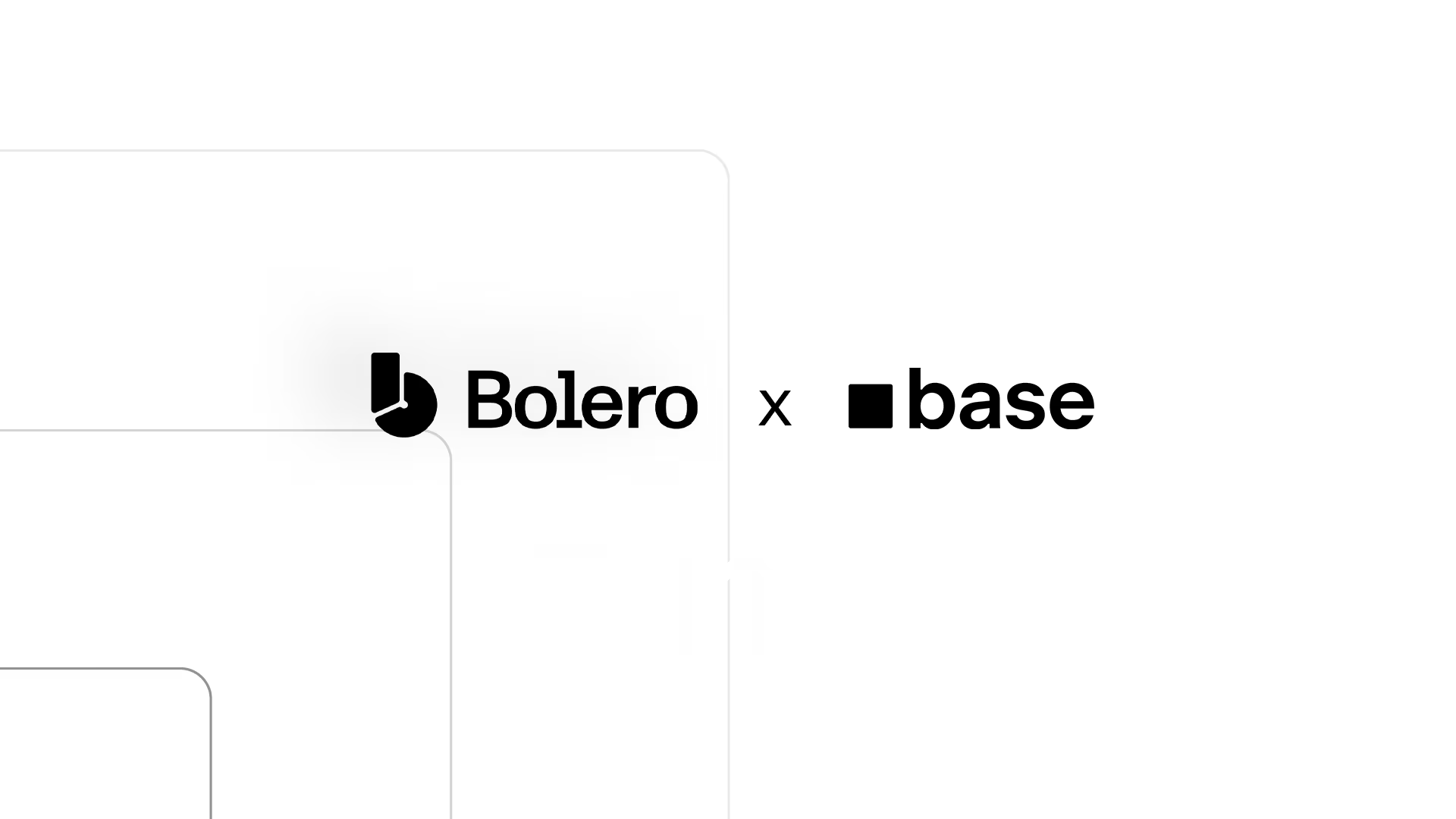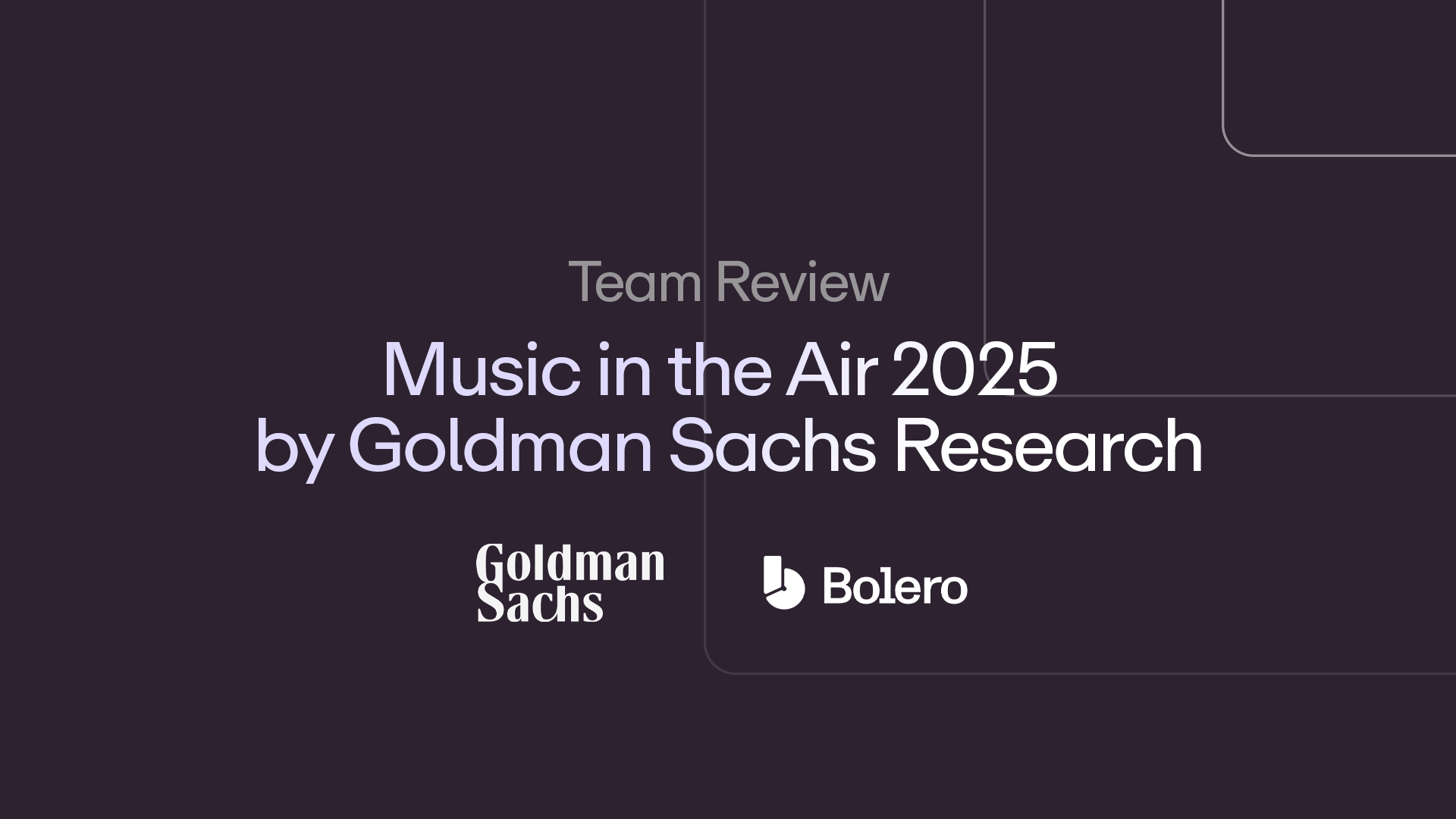How streaming pays rightsholders
In practice, a music platform draws income from two sources: paid subscriptions and advertising on free tiers. At country and offer level, those receipts are pooled monthly. After the platform’s margin (infrastructure, product, acquisition), the remainder is paid out under licensing deals that differ by territory.
Two families of rights then get remunerated. Recording (masters) revenue goes to labels, distributors, or self-releasing artists. Publishing revenue remunerates the underlying work, songwriters and publishers, typically via collecting societies/PROs (SACEM, PRS, GEMA, ASCAP/BMI, etc.). Crucially, money does not travel at the same speed: master royalties flow through labels/aggregators; publishing income moves through PROs that match usage using identifiers (ISRC for the recording, ISWC for the composition) and then allocate shares. That processing lag explains why “streams this month” and “cash received” seldom line up.
Most platforms use pro-rata (market-centric) accounting: they sum all streams in a period and assign each track a share of the pool according to its total playcount. The arithmetic is simple and highly scalable, but it creates strong concentration effects. A global hit captures large value; niche works with loyal, smaller followings are diluted. It also means there is no universal “pay per stream.” The value of a play depends on territory, offer (premium vs ad-supported), audience mix and local taxes. Comparing “rates per stream” without context is a recipe for confusion.
Market-centric and its contradictions: why creators call it unfair
Pro-rata got streaming to global scale, but creators increasingly point to its blind spots. First, a cross-subsidy effect: the subscription of a jazz or indie fan doesn’t only remunerate their listening, it feeds a common pool, much of which goes to the month’s biggest hits, even if they never press play on them. Second, the heavy-user effect: a small cohort of very intensive listeners (often younger, playlist-driven) can disproportionately sway the pool, further concentrating income at the top.
The power of playlists compounds this: landing on a high-reach playlist generates semi-passive plays that reinforce incumbents. Conversely, works that spark deliberate engagement, title searches, album playthroughs, library saves, may be undervalued. Then there is catalogue noise: duplicates, low-value “functional” audio (white noise, sleep loops), and mass uploads (sometimes AI-generated) chip away at the pool, alongside outright fraud (bot loops, click-farms, playlist manipulation). In short, pro-rata rewards raw volume, not the quality of attention or the depth of artist–fan relationship.
The artist-centric opportunity: who wins, who loses?
“Artist-centric” isn’t a single formula; it’s a toolkit designed to realign value with genuine engagement. The core idea is re-weighting plays: pay more for active listening (searched tracks, album plays, editorial/personalised playlists), recognise professional traction (so artists with real audiences aren’t treated like catalogue noise), and cap the influence of extreme listening behaviour by limiting the weight of heavy accounts.
In that framework, likely winners are artists and catalogues with loyal communities and deliberate engagement: jazz and classical, demanding niches, auteur rap, fast-growing African and Latin scenes, and well-managed publishing catalogues. Losers are non-musical uploads, opportunistic mass content and fraudulent schemes. The delicate balance is emergence: set thresholds too high and newcomers are squeezed. Thoughtful designs use graduated thresholds, on-ramp periods, and possibly genre/territory calibration, rewarding real traction without slamming the door on discovery. Artist-centric isn’t a magic wand; it’s a values adjustment that can make the ecosystem fairer and more legible.
The Deezer case (France): what changes, as outlined by SACEM
In France, Deezer applies an artist-centric model to all paid-tier listening, following agreements with Universal Music Group, Warner Music Group, Merlin (independents) and players such as Wagram. SACEM has set out how it works and when money lands: the first distribution under this model is 6 October 2025, covering Q1 2025 paid-tier streams in France. Discussions are under way to extend the model to other territories and platforms.
Three levers underpin the approach. First, anti-noise and anti-fraud measures: removal of non-musical/functional audio and exclusion of plays identified as fraudulent. Direct effect: the distributable pot increases in favour of music works, rather than being diluted by spam and bogus activity. Second, limiting heavy-user impact via a cap: above 1,000 streams per account per month, each play counts as half. A 2,000-play month therefore weighs like 1,500, reducing the influence of power users and the appeal of manipulation.
Third, attention weighting and professional artist recognition: works by artists with at least 1,000 monthly streams and 500 unique listeners (across their catalogue) receive a double weighting in the royalty base. The same double boost applies to active streams (title/album searches; editorial or personalised playlists) compared with passive streams (radio, algorithmic flow). On reporting, nothing changes for authors/composers: royalties still appear under “Internet / Streaming / Deezer.”
Deezer has also emphasised large-scale catalogue hygiene, removing substantial volumes of low-quality or non-musical tracks to improve user experience and raise the value of legitimate music. In parallel, SoundCloud is piloting “fan-powered royalties,” where a user’s subscription is divided only among the artists they actually play, another path to re-link payment and attention.
Why this matters for music-rights investors
For rightsholders, and anyone allocating capital to music, these shifts change the quality of cashflows more than their nature. By stripping out noise and fraud and up-weighting active listening, artist-centric models re-concentrate value on music that audiences genuinely choose. Cashflows become less diluted and potentially more predictable. Well-run publishing catalogues, clean metadata, tight ISRC/ISWC matching, disciplined PRO collection, an active sync strategy, tend to capture the long tail better: performance income from concerts, mechanicals from streams/sales, sync fees from film/TV/ads/games, plus the compounding impact of covers and interpolations.
For portfolio construction, this argues for a methodical stance: diversify by genre and territory, ladder vintages (established evergreens + newer releases with catalysts), watch acquisition multiples and collection quality (match rates, lags), map sync windows (film/series slates, brand campaigns, games), and prioritise catalogues that are culturally alive. That’s the lens we aim to provide at Bolero: documented royalty histories, clear rights perimeters, and execution built for the patient investor.
Take away
The market-centric vs artist-centric debate isn’t a doctrinal fight; it’s a sign of maturation, a shift from quantity to the quality of attention. For creators, the prize is a less diluted and more audience-aligned payout. For investors, it’s a clearer operating environment in which contextualised, curated, and consistently worked catalogues can compress risk and extend revenue lifespans.
If you’re exploring the asset class, start simple, diversify smartly, care about data hygiene, and let time do its work. The music-rights economy rewards patience and coherence, exactly the philosophy we champion at Bolero.










